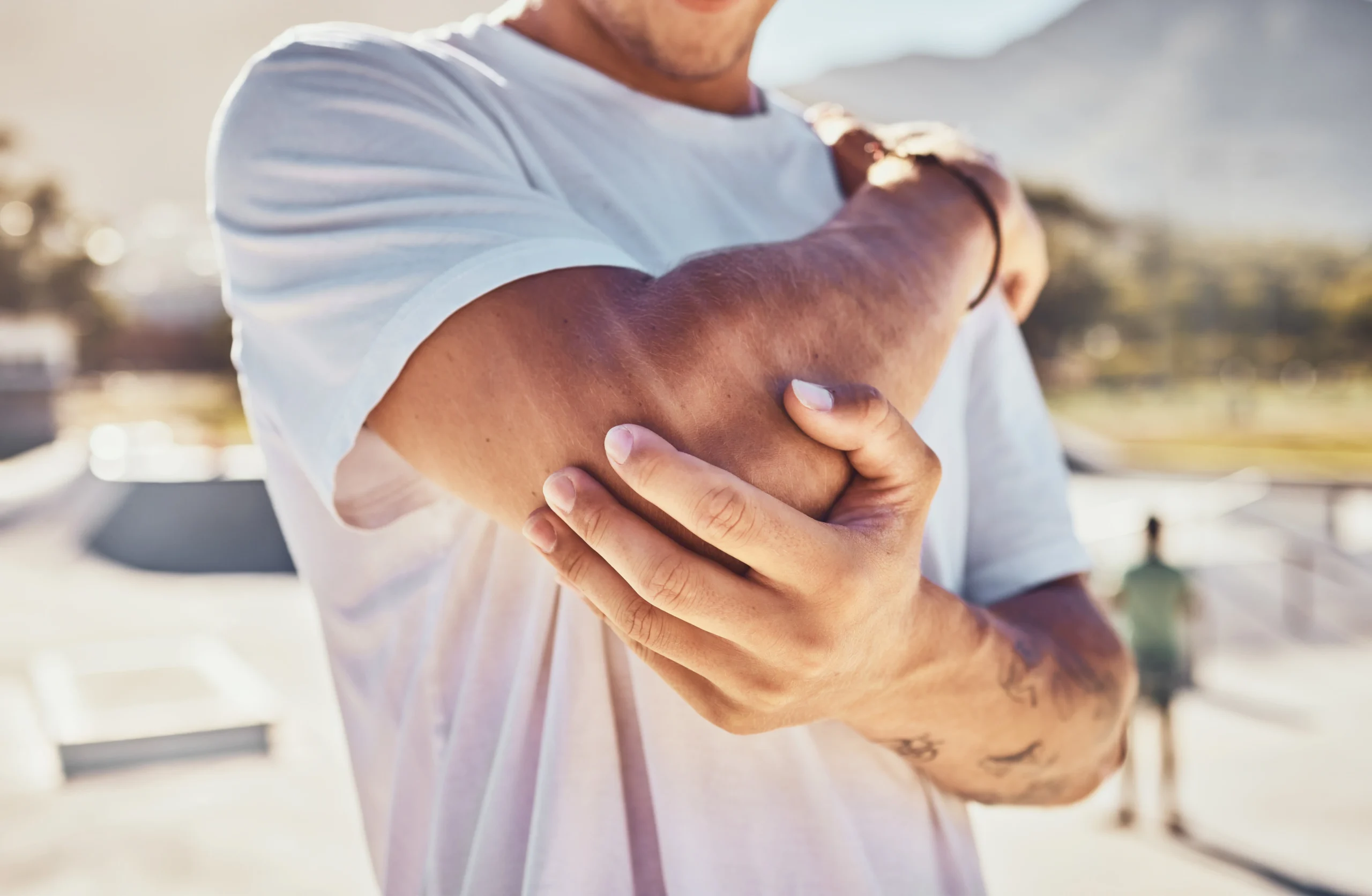Red light therapy—also known as photobiomodulation (PBM)—uses specific wavelengths of red (600–700 nm) and near‑infrared (700–1 000 nm) light to stimulate cellular processes that drive tissue repair and reduce pain. Below, we explore the underlying mechanisms, the clinical evidence for regeneration and analgesia, and best‑practice protocols to maximize benefits.
What happens at the cellular level during photobiomodulation?
When mitochondria absorb red and near‑infrared photons, the enzyme cytochrome‑c oxidase shifts its redox state. This triggers a cascade of effects:
- Increased ATP production, fueling cell repair and growth
- Moderate rise in reactive oxygen species (ROS), which act as signaling molecules
- Activation of transcription factors that upregulate genes for tissue regeneration and anti‑inflammatory responses
Through these pathways, PBM boosts cell proliferation, collagen synthesis, and inflammation control.
How does red light therapy promote tissue regeneration?
Accelerating wound healing and muscle recovery
Clinical studies demonstrate that PBM can shorten wound‑healing time and reduce muscle fatigue post‑exercise, leading to faster return to training or daily activities.
Enhancing collagen and elastin production
By stimulating fibroblasts, red and NIR light increase collagen and elastin synthesis—improving skin firmness and reducing fine lines in dermatological applications.
How does red light therapy relieve pain?
Modulating inflammatory mediators and neurotransmitters
PBM lowers levels of pro‑inflammatory cytokines (e.g., TNF‑α, IL‑6) while promoting endorphin release, decreasing nociceptor sensitivity and subjective pain perception.
Efficacy in chronic joint pain
Meta‑analyses in knee osteoarthritis patients show over 50 % average pain reduction and significant improvement in functional scores (e.g., WOMAC) after just 10 days of treatment with 810 nm and 890 nm devices.
What are the optimal application guidelines and protocols?
- Wavelengths: Use 630–680 nm for red light and 810–880 nm for NIR light.
- Power density: Aim for 20–100 mW/cm², adjusted by tissue depth and treatment goal.
- Session duration: 5–20 minutes per area, 2–3 sessions per week.
- Distance: Position the device 10–30 cm from the skin for uniform coverage.
Which practical tips ensure maximum effectiveness?
- Consistency: Regular sessions build cumulative benefit.
- Clean skin: Remove creams or oils before exposure.
- Eye protection: Use goggles, especially with NIR, to safeguard the retina.
- Complementary therapies: Combine PBM with physical therapy or manual techniques for best outcomes.
What’s the takeaway and expert recommendation?
Red and near‑infrared light therapies work by revitalizing mitochondrial function, accelerating tissue repair, and dampening inflammatory pain signals. With clear dosing protocols and consistent use, PBM offers a low‑risk, high‑reward strategy for accelerating recovery and relieving chronic pain—making it a valuable addition to both clinical and at‑home wellness routines.
Expert Tip: Start with a home device that integrates both 660 nm and 850 nm LEDs. Verify its power density and timer settings to ensure precise, effective treatments.
Find our range of products HERE!
Sources:
1. Haohua Liu, Umber Cheema, Darren J. Player, Photobiomodulation therapy (PBMT) in skeletal muscle regeneration: A comprehensive review of mechanisms, clinical applications, and future directions, https://doi.org/10.1016/j.pdpdt.2025.104634.
2. Zhang Yanlei , Ji Quanbo. Current advances of photobiomodulation therapy in treating knee osteoarthritis. Front. Cell Dev. Biol., 16 November 2023. Sec. Molecular and Cellular Pathology. Volume 11 – 2023. https://doi.org/10.3389/fcell.2023.1286025.
3. Martín Pérez, S. E., Rodríguez Niebla, J., Giraud Pérez, L., Campo León, R., López Mejías, A., Morales Tejera, D., & Martín Pérez, I. M. (2025). Effectiveness of Photobiomodulation Therapy in the Management of Fibromyalgia Syndrome: A Systematic Review. Applied Sciences, 15(8), 4161. https://doi.org/10.3390/app15084161
